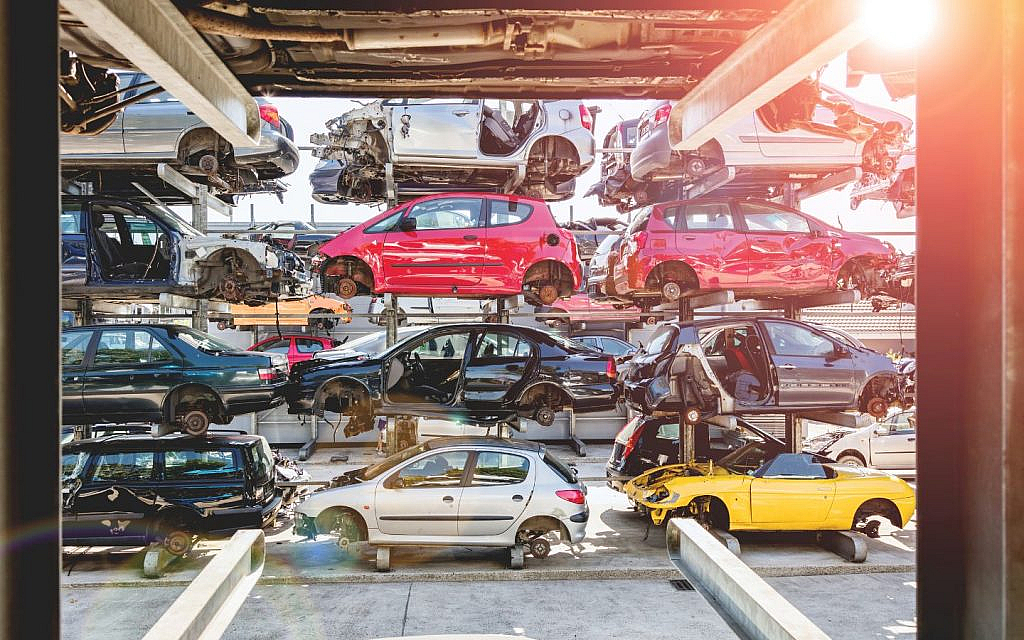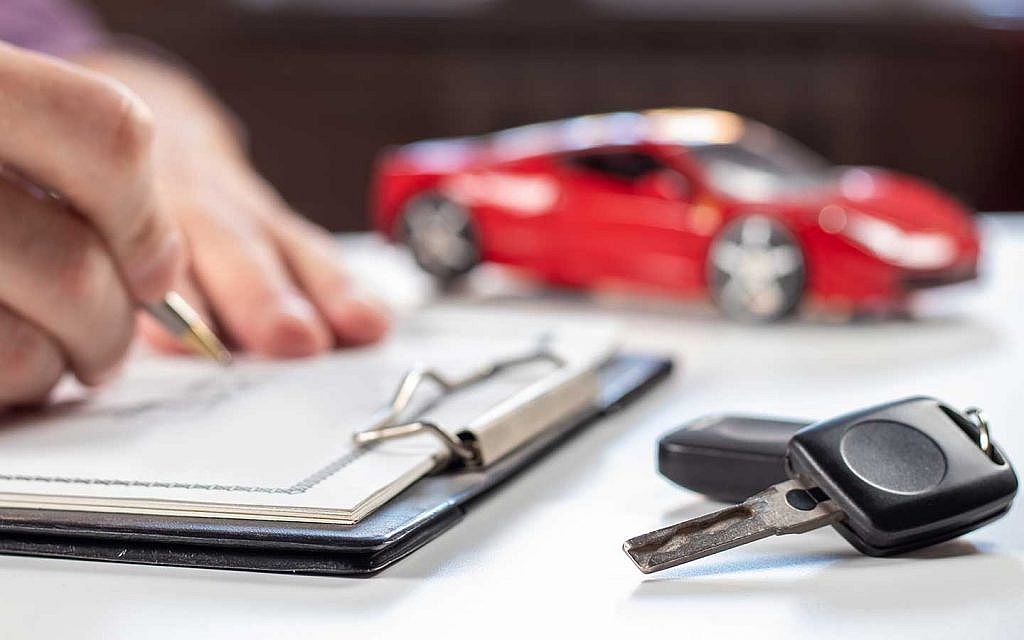How to Inspect a Salvage Car Before Buying in the UAE
Salvaged cars are totalled vehicles that have beyond-repair damages. Despite major damage, salvage cars are often repaired and sold again. However, they must have a rebuilt car title and approval from the RTA. These cars are usually much cheaper, making them a smart choice for car enthusiasts and motorists who want to rebuild from scratch. But when buying a salvage car, it is important to inspect it carefully, as you cannot take it for a test drive. Here are the details on how to inspect a salvage car before buying in the UAE.
Salvage Car Inspection in the UAE Before Buying
Here are the details on what to check in a salvage vehicle before buying:
Structural Integrity

Structural damage is one of the biggest concerns with salvage cars. Begin by checking the car chassis and frame for signs of welding or misalignment. Look underneath the vehicle for irregular frame rails, crumple zones or uneven metal thickness. Pay close attention to the engine bay and trunk area.
Any warping or inconsistent panel gaps can indicate previous collision repairs. Inspect the pillars and rocker panels as these parts must be intact for the vehicle to absorb impact safely. Bring a paint thickness gauge to detect filler use.
Safety Systems (Airbags, Seatbelts, Brakes)
To check the safety systems of salvage title cars in the UAE, start with the airbag indicator light; it should turn on and then off when you start the car. Constantly lit or missing lights may indicate removed or non-functional airbags. Visually check the steering wheel, dashboard and pillars for signs of airbag deployment or patching. Next up, inspect the seatbelts and ensure they retract smoothly, lock during sudden pulls and aren’t frayed or replaced with generic ones. Furthermore, test the brake system thoroughly. Check brake pads, discs, lines and ABS sensors. Salvage cars often suffer brake fluid leaks or worn components that can lead to accidents.
Mechanical Components
The engine, transmission and suspension need careful inspection. Start with the engine bay and look for oil leaks, coolant levels and signs of overheating. Turn the engine on and listen for knocking, rattling or unusual vibrations. Check the condition of hoses, belts and fluid reservoirs. Ensure the transmission shifts smoothly and there’s no delay when changing gears.
Inspect the suspension system for sagging, uneven ride height or strange noises when turning. Examine the exhaust manifold and catalytic converter for rust or cracks. If any major part was replaced or sourced from another car, it may affect long-term reliability and performance.
Electrical System
Salvage cars often face electrical issues, especially after water or fire damage. Begin with a full scan using an OBD scanner tool to identify hidden fault codes. Inspect the battery terminals and ground wires for corrosion. Test all lights, indicators, horn, infotainment systems, power windows, mirrors and wipers.
Look behind the fuse box for burnt wires or signs of water ingress. Smell the interior; a burnt smell may suggest a previous electrical fire. Electrical systems are complex and faulty wiring can result in expensive repairs or complete system failure.
Emissions and Environmental Compliance
In the UAE, emissions compliance is mandatory for registration. Look at the exhaust system, rust, a missing catalytic converter or modifications could mean failure. Use an OBD scanner to ensure the emissions-related sensors and systems work correctly. Furthermore, inspect the oxygen sensors and fuel system. Confirm the check engine light isn’t on or tampered with.
Interior Components
Many salvage vehicles are refurbished only externally, with major problems in the interior. To check, open all doors and inspect the seats, carpet and roof lining for watermarks or mould. These areas can indicate flood damage in a car. Check if the seats are original or mismatched, different colours or stitching patterns mean replacements.
Test all seat adjustments, steering column movement and glovebox mechanisms. Furthermore, check the air conditioning and heater functionality. Examine the dashboard for non-functional buttons or warning lights. Inspect the floorboard and wiring under mats for rust or corrosion.
Documentation

Check the car’s chassis number and engine number against the title and registration papers. Ensure the car has a valid UAE salvage certificate that mentions the extent of damage and repair. Review the repair history, especially if done by non-authorised workshops.
Ask for proof of parts replaced and their origin. Ensure the car is eligible for registration and insurance. Some insurers refuse coverage for salvage vehicles. Confirm any outstanding fines, recalls or legal restrictions on the car.
FAQs
Is buying a salvage car in the UAE legal?
Yes, but it must be fully repaired, inspected and pass RTA vehicle technical inspection to be registered for road use.
What are the common risks in buying a salvage car?
Hidden structural damage, electrical faults, unreliable mechanical parts and insurance limitations are major risks.
Can a salvage car be used for daily driving?
Yes, but only if it’s properly repaired and passes safety and emissions standards.
This was all about how to inspect a salvage car before buying in the UAE. A thorough inspection while buying a salvage car in the UAE helps you understand the car’s true condition. Focus on structure, safety, mechanics and paperwork and check everything before making a decision. It’s the only way to avoid costly surprises and ensure the vehicle meets UAE road laws.
If you want to avoid time-consuming repairs, consider buying a new car in the UAE for a reliable and comfortable driving experience.
Keep reading UAE’s leading autos blog for more detailed guides and tips on salvaged cars.
Comments
Post a Comment